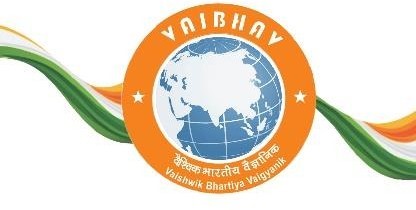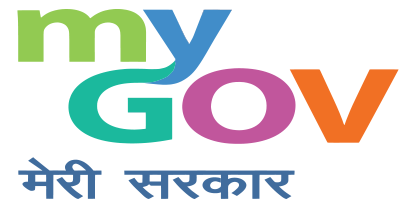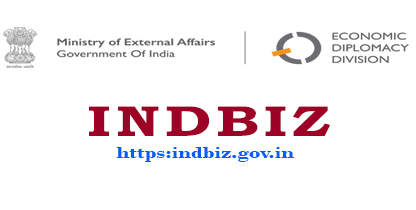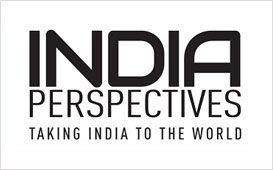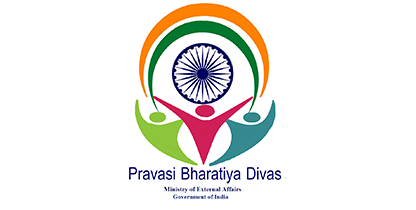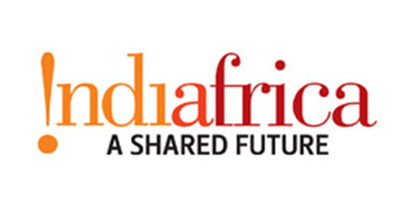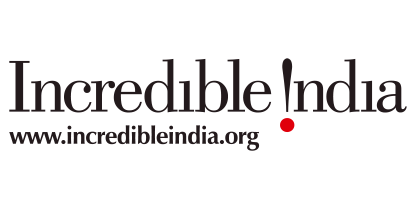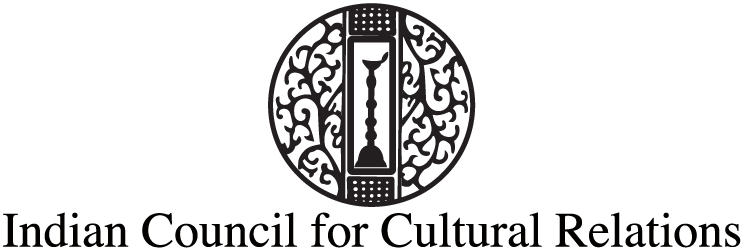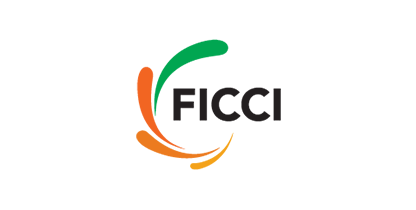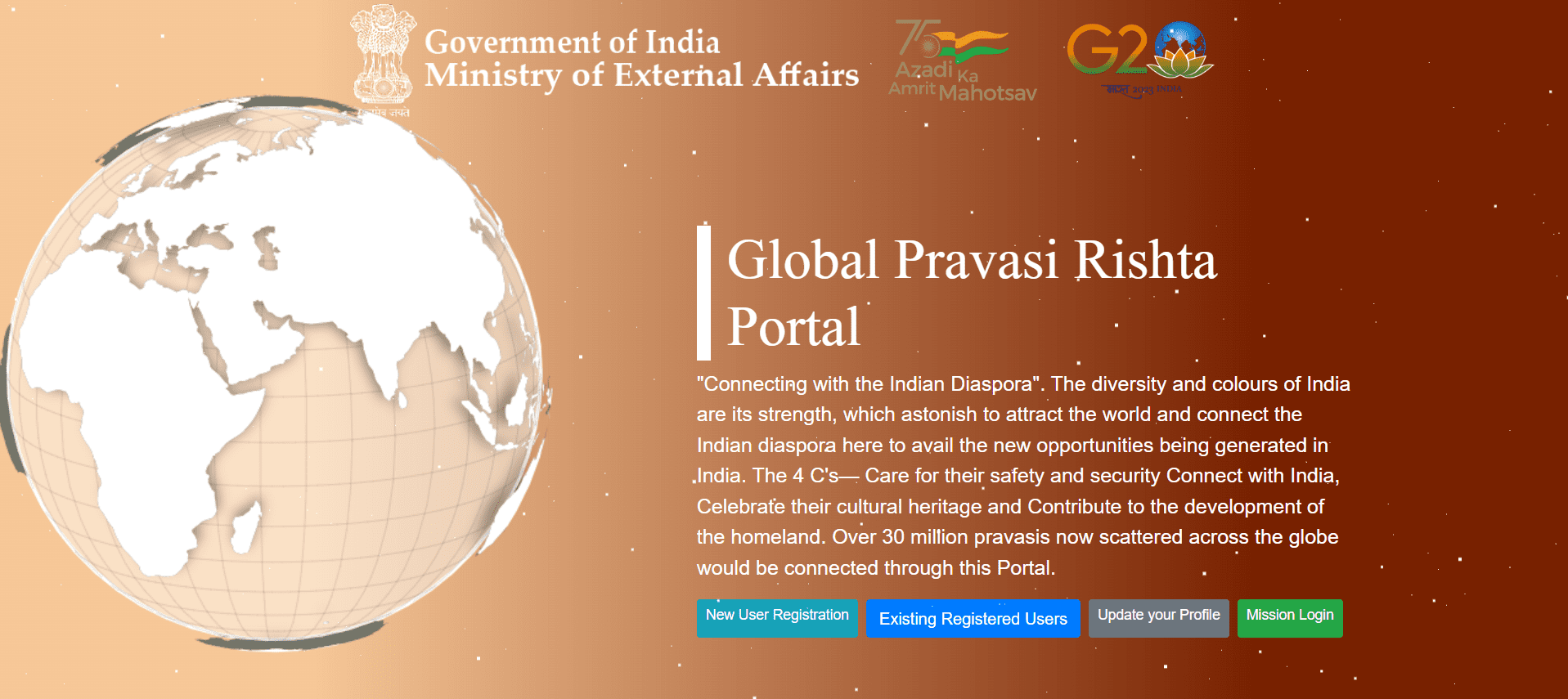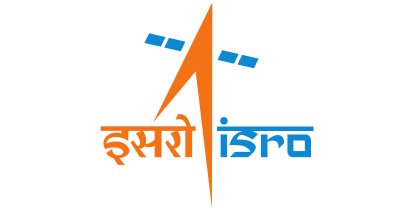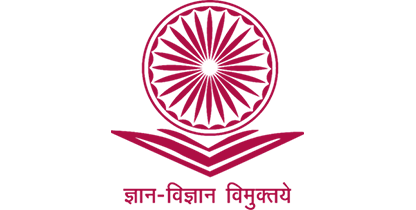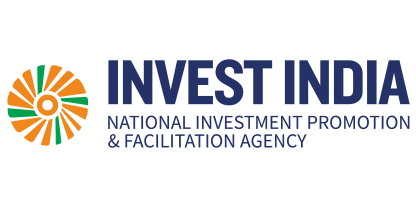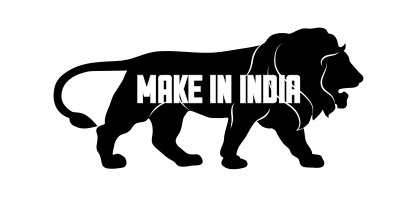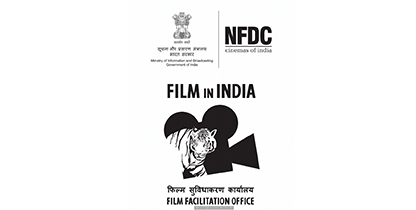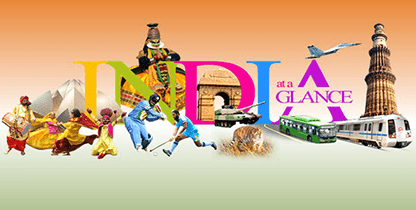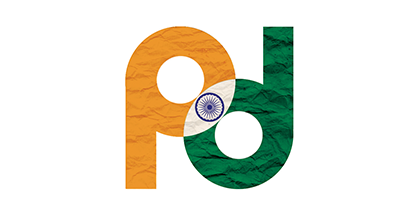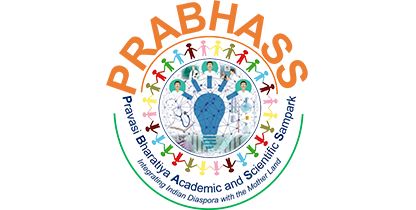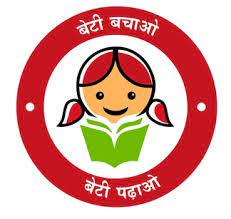High Commission of IndiaAbuja***Interview of H.E. Mr. Abhay Thakur, High Commissioner of India to Nigeria (concurrently accredited to Benin, Chad & ECOWAS)to“People’s Daily”, Nigeria(Published on 26 March 2021)
Indian Elections
Q1: The Indian elections are globally acknowledged as the most fervent festival of the democratic process. What are the institutions, cultures, and behaviors that drive and sustain it?
A: Yes, India is the largest democracy in the world and Indian elections are globally acknowledged as the most fervent festival of the democratic process. We have a well established institutional mechanism to conduct various elections in India. The Election Commission of India (ECI) is an autonomous and permanent constitutional body responsible for organizing free and fair elections in the Union and States of India. The Constitution grants the ECI with the power of direction, superintendence, and control of elections to Parliament, state legislatures, the office of President of India and the office of Vice-president of India. The ECI does not deal with the elections to the urban bodies such as Municipalities in the states, for which we have a separate State Election Commission. ECI is a constitutional body which is fiercely independent. Once appointed by the President, the Chief Election Commissioner enjoys security of tenure, and cannot be removed except through impeachment, in the same way as a judge of the Supreme Court. No wonder then that the ECI enjoys the full confidence of all political parties, whether in government or in opposition. In this context, the Model Code of Conduct is a truly unique document which emerged out of consultations between political parties and the ECI and which ensures peaceful, transparent and free and fair elections. Once the Model Code of conduct enters into effect prior to any election, the ECI gets the power to monitor activities of all civil servants, and even to transfer them from their post in case of any major violation!
The Ministry of Law and Justice is the nodal ministry for the ECI, which interacts with it on budgetary matters, legislative amendments concerning elections, and the framing of rules. Sometimes EC officials also attend parliamentary committee meetings. The Election Commission never fails to listen to all stakeholders. The Chief Electoral Officers and the District Electoral Officers call meetings of political parties for discussions regarding the preparation of electoral rolls and decisions about polling stations and counting stations. The staff are under strict disciplinary control of the Commission during their deputation. The neutrality and credibility of the officers is strictly ensured, through effective oversight and compliance mechanisms. The Commission also does not lack external accountability. All non-confidential documents and data are in the public domain. After the passage of the Right to Information Act, all ‘public authorities’ are obliged to provide information sought by citizens. The ECI is also subject to periodic audit by the Comptroller and Auditor General of India. All its decisions can be subjected to judicial scrutiny, except when the election process has been set in motion. The Commission would not have been able to discharge its constitutional obligations had it not been for the full backing of the Indian judiciary. This is because of the Indian judiciary’s historically liberal interpretation of the EC’s powers with respect to the conduct of free, fair and transparent elections.
Powers & Functions of Election Commission : Preparation of Election Rolls and Photo Identity Cards, Recognition to Political Parties, Allotment of Symbols to Parties and Independent Candidates, Conduct of Elections, Ensuring Free & Fair Elections, Disqualification on grounds such as being of unsound mind, holding office of profit etc., Announcement of Elections, Nominations, Scrutiny of Nominations, Publication of List & Election Campaign, Counting of Votes & Declaring Results etc. An Indian election is mammoth exercise. The 2019 General election of India was the largest election the world had ever seen, with 900 million people eligible to vote, bigger than the population of Europe and Australia combined, out of which around 600 million actually voted. The massive electoral exercise was conducted in seven phases from 11 April to 19 May 2019 at round 1 million polling stations across the India.
Total Number of Constituencies: 542
Total Contestants: 8026
Average contestants per constituency: 15
Total Number of Electors: 910512091
Total No. of electors who voted: 610851929
Total No. of polling station: 1036295
Average no. of electors per polling station: 879
Q2: Nigeria and India are long term partners with cooperation in a wide range of fields. How far has India engaged Nigeria in the sharing of its electoral experiences in particular and building of credible democratic institutions in general?
A: India and Nigeria enjoy warm, friendly and deep-rooted bilateral relations. India is the world’s largest democracy and Nigeria is largest democracy in Africa, so both have unique experiences to share and learn from. Both countries were the forefront of international anti-colonial and anti-apartheid struggle and today we closely collaborate in various international fora. India has been sharing its experiences and expertise in many areas including electoral reforms. Staff members of Independent National Electoral Commission of Nigeria have received training in India on regular basis on various issues including capacity building in electoral technology. In February 2019, Mr. S Y Qureshi, a former Chief Election Commissioner of India visited Nigeria as part of a Commonwealth Observers Mission for Nigerian Election. We have also supplied electronic voting machines and shared our technical expertise with several African countries.
Q3: India and Nigeria as partners in the construction of the liberal democratic process have introduced reforms to grow and expand their respective economies. &
Q4: How has India made her reforms to generate inclusive and sustainable development and what lessons does India’s experience offer to Nigeria?
A : In its initial decades after independence, India had an economy where the state occupied the commending heights of the economy and many of the leading sectors were dominated by public sector undertakings, including steel, coal, chemicals, banking and transportation. This model served India’s needs and ensured economic stability. However, thereafter we needed to liberalization and reforms to embark on a high-growth trajectory and give a boost to our economy by releasing pent-up energies of the private sector and our youthful population.
India’s economic reforms can be broadly divided in two phases. First phase started in 1991, in the wake of a balance of payments crisis. Policy changes were proposed with regard to technology up-gradation, industrial licensing, removal of restrictions on the private sector, foreign investments and foreign trade. The essential features of the economic reforms were – Liberalisation, Privatisation and Globalization, commonly known as LPG.
The second phase of economic reforms started in 2014. Changing/ repealing /amending various old acts/codes as well as launching new initiatives was our form. This included change in Insolvency and Bankruptcy Code of 2016, labour reforms Act, farm reforms act, reforms in medical education, corporate tax cuts, FDI liberalization, implementation of Goods and Service Tax (GST), allowing foreign investment in more construction projects, allowing more than 50% foreign investment in defense, allowing more than 50% foreign investment in Indian Railways, deregulate diesel pricing, fully opened the coal mining sector to private/foreign investment, making it quicker and easier for companies to go through bankruptcy, pushing for Direct Benefit Transfer to deliver goods subsidies, and reduction in corporate tax rate from 30 percent to 25 percent.
As we know, economics reforms and welfare of people are connected to each other, benefits of economic reform must reach to the people otherwise reforms will lose their importance. Therefore, a number of flagship welfare schemes have also been launched by the Government of India, to address concerns on health, education, environment, irrigation, urban and rural development, employment and other sectors. The ultimate objective behind the flagship programmes is to achieve broad-based improvement in the living standards of people and to ensure that growth is widely spread so that its benefits, in terms of income and employment, are adequately shared by the poor and weaker sections of the society. These welfares schemes are as listed below:
· AatmaNirbhar Bharat ('self-reliant India' or 'self-sufficient India'): Announced three AatmaNirbhar Bharat packages to help the economy tide over the COVID-19 crisis.
· Jan Dhan Accounts: To provide access to formal banking services to more than 15 per cent of the unbanked population in the country
· Pradhan Mantri GraminAwasYojna (Affordable Housing Scheme): 'Housing For All' by 2022
· DeenDayal Upadhyaya Gram Jyoti Yojana : To ensure round the clock electricity supply to farmers and rural households.
· Beti Bachao Beti Padhao : To make girls socially and financially self-reliant through education.
· PM Mudra Yojna :To provide loans up to INR 1 million to non-corporate, non-farm small/micro enterprises.
· Pradhan Mantri Ujjwala Yojana: To provide 50 million LPG connections to women below the poverty line across the country.
· Atal Pension Yojana: Atal Pension Yojana is a pension scheme mainly aimed at the unorganized sector such as maids, gardeners, delivery boys, etc.
· Ayushman Bharat: It is a universal health insurance to provide free healthcare services to more than 40% population of the country. The scheme offers a health cover of INR 500,000 to each beneficiary.
· Make in India: It is a major national programme to facilitate investment, foster innovation, enhance skill development, protect intellectual property and build best in class manufacturing infrastructure in the country.
· Digital India: To ensure the Government's services are made available to citizens electronically by improved online infrastructure and by increasing internet connectivity.
· Smart Cities Mission: National Smart Cities Mission is an urban renewal and retrofitting program with the mission to develop smart cities across the country, making them citizen friendly and sustainable.
· Clean India Mission: Swachh Bharat Abhiyan (SBA), or Clean India Mission is a country-wide campaign to eliminate open defecation and improve solid waste management (SWM).
· Startup India: Focusing on three areas, Simplification and Handholding, Funding Support and Incentives, Industry-Academia Partnership and Incubation.
· Skill India Mission: To provide training and skill development to the youth of our country covering each and every village/city and to empower all individuals through improved skills, knowledge and employment opportunities.
· NamamiGange Yojana: Ganga river conservation mission called 'NamamiGange' to arrest the pollution and revive the Ganga river.
Q5: What is the current volume of India-Nigeria trade and what are the major exchanges?
A: The bilateral trade between India and Nigeria during the year 2019-20 was approximately US $ 14 billion, similar to the trade levels of 2018-19, which made India the largest trading partner of Nigeria. Indian exports to Nigeria during the period 2019-20 were US$ 3.6 billion, as against US$ 3 billion in 2018-19, showing an annual growth of 20% despite the COVID-19 global pandemic. India’s exports machinery and mechanical appliances, vehicles, pharmaceutical products, electrical machinery and equipment, POL products (refinery products), bituminous substances, apparel and clothing, plastic and articles, iron and steel, organic chemicals, and textile articles, to Nigeria.
India’s imports from Nigeria during the period 2019-20 were US$ 10.02 billion, as against US$ 10.8 billion in 2018-19, mainly comprising crude oil. India is the largest importer of Nigeria petroleum products. Nigeria was the fifth largest supplier of crude oil and second largest supplier of LNG to India in 2018. In addition to Mineral fuels (Crude oil and LNG) products, India also importsoil seeds, fruits, edible fruit and nuts, aluminum, raw hides and skins, wood and articles, coffee, tea, spices, lead, electrical machinery & equipment, and some cotton from Nigeria.
In the area of business to business ties, both countries are moving forward steadily. Over 135 Indian companies are currently operating in Nigeria, which are owned and/ or operated by Indians or are of Indian origin, with an estimated cumulative investment of USD 19.3 billion in Nigeria. Prominent among them are Bharti Airtel, Tata, Bajaj Auto, TVS, Birla Group, Shapoorji Pallonji, Kirloskar, Mahindra, Ashok Leyland, NIIT, Aptech, State Bank of India, New India Assurance, Skipper Nigeria, Dabur, SUN Pharma, Primus, Manipal Group, and many others. Indian owned/operated companies are the second-largest employers in Nigeria after the Federal Government of Nigeria itself.To facilitate business exchanges and trade economic cooperation, the High Commission of India actively coordinated/arranged/facilitated 26 trade-related events, meetings, seminars, webinars, etc. during 2020, most of them in virtual mode.
Q6: India, despite its huge size and inclusive democratic process still encounters challenges of its fault-lines, while in Nigeria those fault-lines have become an open challenge?
A: A whole combination of factors, makes India what it is. To name a few, these include an innate spirit of peaceful co-existence; inclusive growth; the philosophy of “VasudhaivaKutumbakam” or “The world is one family”; the strong roots of democracy; positive intervention for upliftment of the poor and socio-economically backward classes; equity; rule of law; faith in the judiciary; rejection of majoritarianism or of minority vote banks; empowerment of minorities; giving a voice and deserved place to all sections of the society and all regions of India through 22 official languages, 28 states and 8 Union Territories; a sense of fairness and trust in administration, police and conduct of foreign policy; and our thousands of years old civilization with ancient, deep rooted spiritual,vedictraditions and philosophy of tolerance and mutual accommodation; All these havehelped India emerge as a beacon of hope and shining example of unity in diversity for the world.
*****
(PDF - 43.12 KB)
(PDF - 81.61 KB)
(PDF - 46.21 KB)
(PDF - 308.66 KB)














(PDF - 4219.05 KB)




(PDF - 92.53 KB)



